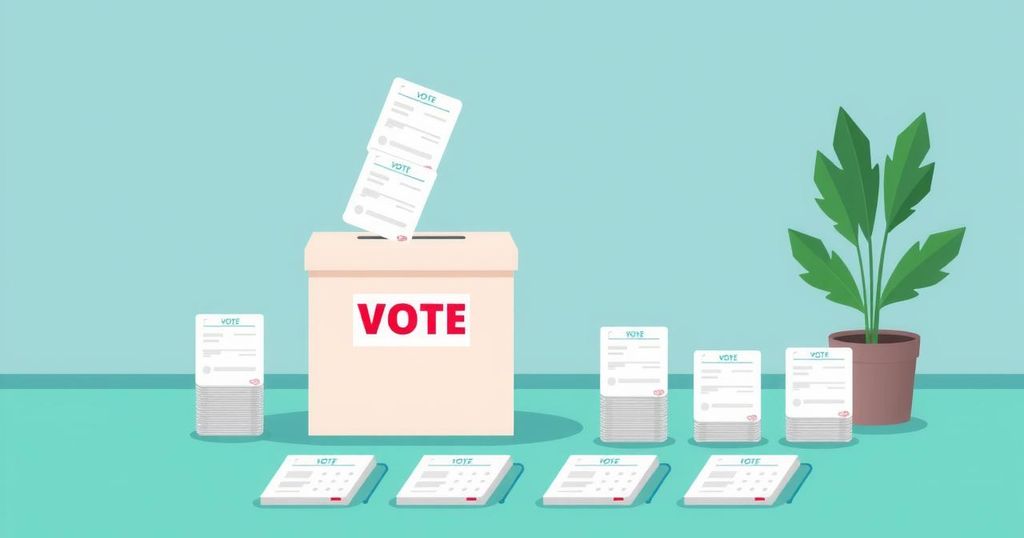Wisconsin residents will vote in a crucial election on April 1, 2023. Key races include the State Supreme Court and Superintendent of Public Instruction positions, alongside a proposed constitutional amendment on voter ID requirements. Informed voter participation is necessary, and various resources are available to assist residents in preparing for the polls.
In two weeks, Wisconsin residents will participate in a significant election, making it essential to be informed. Wisconsin Watch, a nonpartisan newsroom, aims to provide residents with reliable information prior to the polls opening on April 1. Recognizing the fast-paced lives of individuals, the newsroom has compiled a concise list of resources to facilitate informed voting decisions.
Key statewide races include the State Supreme Court election, where Susan Crawford, a Dane County judge supported by liberal justices, competes against former Attorney General Brad Schimel, a Republican from Waukesha County. This election is crucial as it will decide whether the Court retains a liberal majority until 2028 or shifts to a 3-3 split with Justice Brian Hagedorn acting as a potential swing vote. Readers can access additional coverage and fact-checked campaign ads on the Wisconsin Watch website, along with an upcoming live Zoom discussion on March 26.
Another important race is for State Superintendent of Public Instruction, featuring incumbent Jill Underly, who is backed by the Democratic Party, and Brittany Kinser, an education consultant supported by conservative organizations. Underly has faced scrutiny for her adjustments to proficiency benchmarks, which she defends as a reflection of student learning. Kinser advocates for expanded school choice. Resources are available for further examination of the candidates’ platforms on Wisconsin Watch’s YouTube channel and through previous coverage of their primary election.
Additionally, voters will decide on a proposed constitutional amendment requiring valid photographic identification for voting, with legal exceptions. While supporters argue this measure secures election integrity, opponents caution that it may disenfranchise marginalized groups who may lack valid photo IDs. This amendment could have long-lasting effects on future elections in Wisconsin. More information regarding the amendment can be found through Votebeat, and residents can locate their polling places by visiting MyVote Wisconsin.
The upcoming April 1 election in Wisconsin presents pivotal opportunities for voters to influence key races, particularly for the State Supreme Court and State Superintendent of Public Instruction. The proposed constitutional amendment regarding voter identification could also significantly impact future elections. Voter participation and informed decision-making will shape the state’s political landscape, emphasizing the importance of reliable information and accessible resources.
Original Source: civicmedia.us






